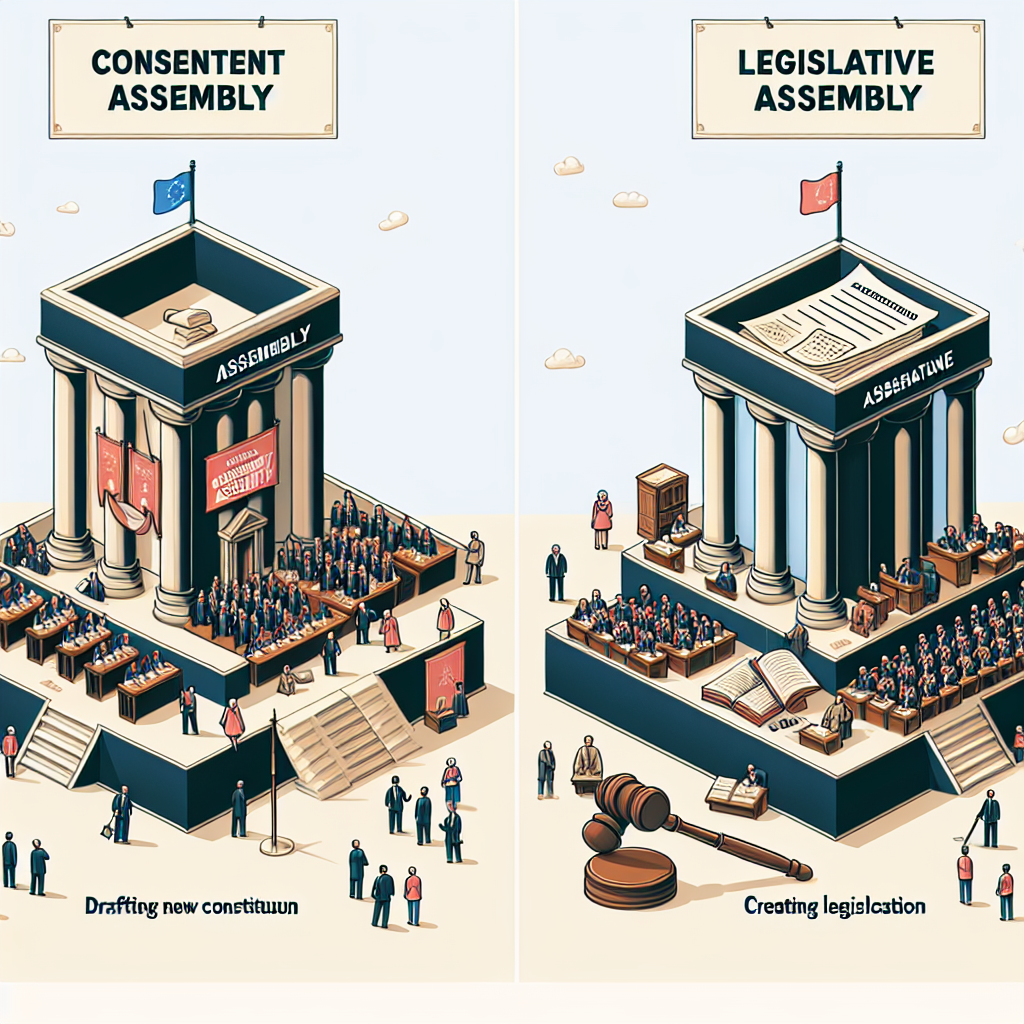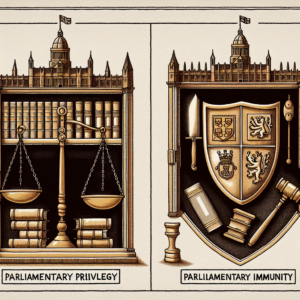In the realm of politics and governance, it is important to understand the various types of assemblies and their respective roles. This article delves into the roles of the Constituent Assembly and the Legislative Assembly, and probes the differences between them. Answering the question: “What is the difference between a Constituent Assembly and a Legislative Assembly?” requires a clear understanding of the roles and powers of each.
Understanding the Role of a Constituent Assembly
A Constituent Assembly, also known as a Constitutional Assembly, is a body of representatives that is primarily tasked with drafting or revising a country’s constitution. This assembly is usually convened in times of significant political change or during the establishment of a new state. The purpose is to provide a legal and constitutional framework on which the new government or political structure will be based. The members of a Constituent Assembly are typically elected by the people or appointed by existing institutions, but they represent a broad spectrum of political, social, and cultural interests.
Given the importance and gravity of its task, a Constituent Assembly operates under a serious and critical atmosphere and is often characterized by intense debates and discussions. The decisions made by this assembly have long-lasting impacts, shaping the political, legal, and social systems of a country for generations to come. Because of this, the process of drafting or revising a constitution requires a high degree of consensus-building, negotiation, and compromise among the assembly members.
Comparing the Constituent and Legislative Assemblies
After understanding the role of a Constituent Assembly, what is the difference between it and a Legislative Assembly? The primary distinction lies in their responsibilities and powers. A Legislative Assembly, on the other hand, is a body of elected representatives whose main function is to enact laws, manage public expenditure, and oversee the work of the government within the framework established by the constitution. They are part of the legislative branch of government, which is separate from the executive and judicial branches.
Unlike a Constituent Assembly, a Legislative Assembly is a permanent body that convenes in regular sessions. It focuses on day-to-day governance and the implementation of laws and policies. Members of a Legislative Assembly propose, debate, and vote on new laws, amendments to existing laws, and other government policies. They also have the power to scrutinize and hold accountable the actions of the executive branch of government.
While both assemblies are made up of representatives elected by the people, their roles are fundamentally different. A Constituent Assembly lays the groundwork for the country’s political system and is typically temporary, dissolving once the new constitution is adopted. A Legislative Assembly, however, operates continuously, creating and implementing laws within the constitutional framework that the Constituent Assembly established.
Summary
In summary, the primary difference between a Constituent Assembly and a Legislative Assembly lies in their respective roles and responsibilities. A Constituent Assembly focuses on drafting or revising a country’s constitution, providing a legal and constitutional foundation for the government. On the other hand, a Legislative Assembly’s role is to create and implement laws within the confines of that constitution. Both are crucial to a functioning democracy, but each serves a distinct purpose in the political process. Understanding these differences provides insight into the mechanisms that shape and govern our societies.











